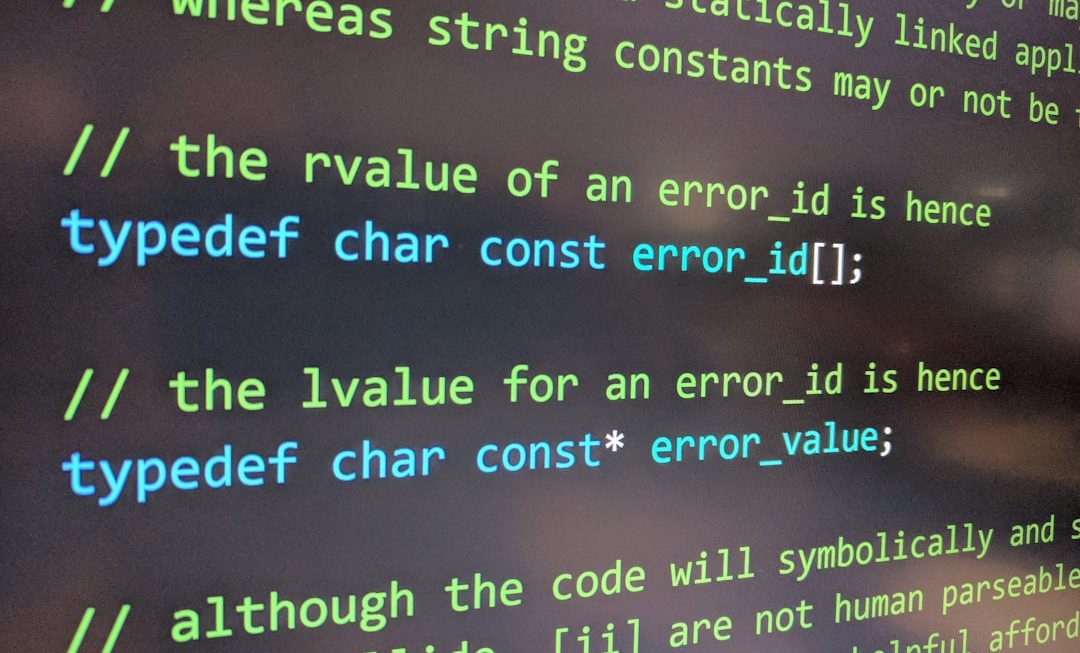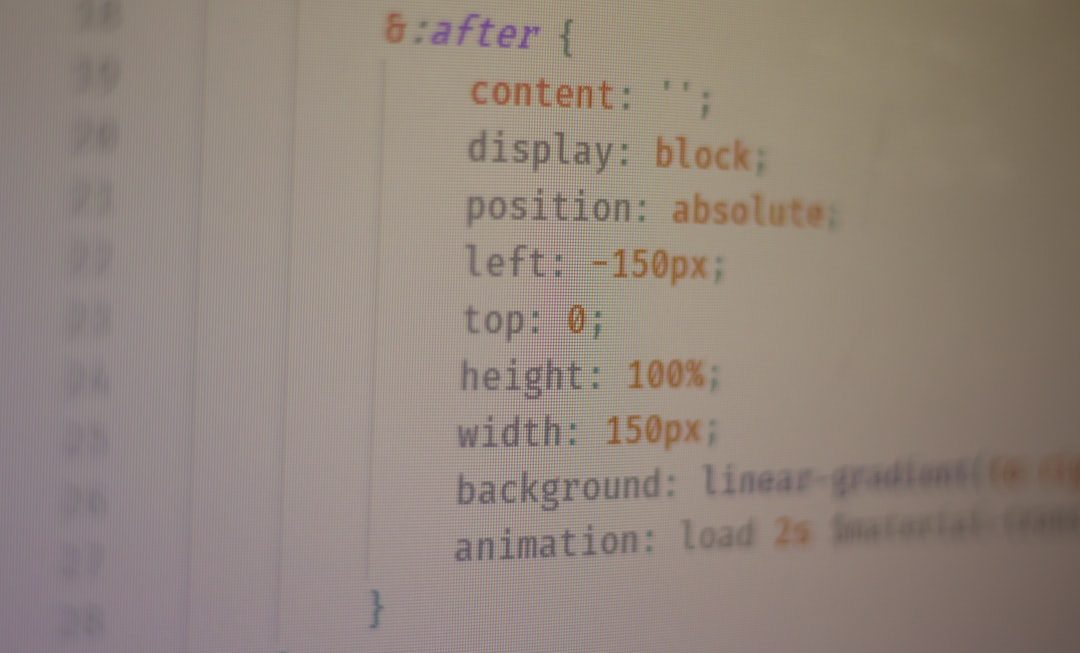As the demand for multitasking and enhanced productivity grows, more users are looking to expand their workstation by adding multiple monitors. However, not all computers come equipped with multiple video output ports. A common question that arises is: Can I run two monitors from a single HDMI port? The answer depends on both your hardware capabilities and the method of connection you choose.
In this article, we’ll explore the feasibility of connecting two monitors to one HDMI output, examine the available solutions, and evaluate their pros and cons.
Understanding HDMI Limitations
HDMI (High-Definition Multimedia Interface) is designed primarily as a single-stream video and audio output. This means that under normal circumstances, an HDMI port is built to transmit video and audio signals to one external display device. Unlike DisplayPort, which supports daisy-chaining via Multi-Stream Transport (MST), HDMI does not natively support multiple displays through a single port.
Therefore, if you’re hoping to use one HDMI port to power two separate monitors with independent outputs (i.e., extending your desktop versus mirroring), you’ll need some extra hardware assistance.
Available Solutions for Connecting Two Monitors to One HDMI Port
Here are the most practical and commonly used methods:
- HDMI Splitter (Mirrored Display)
- USB to HDMI Adapters
- Docking Stations
- External Graphics Cards
1. HDMI Splitter
An HDMI splitter takes the signal from a single HDMI port and duplicates it, sending identical video outputs to two monitors. This is perfect if you need mirrored displays, for instance, in presentations or retail environments. However, this does not allow for dual independent displays.
Pros:
- Affordable
- Easy to set up
- Requires no software
Cons:
- Both monitors will display the same content
- No desktop extension capabilities

2. USB to HDMI Adapter
If your computer has a spare USB 3.0 or higher port, you can use a USB-to-HDMI adapter to add an additional video output. This method allows you to run a second, independent display in extended desktop mode.
Pros:
- Provides independent display outputs
- Affordable and portable
Cons:
- Requires installable drivers
- May slightly increase CPU usage

3. Docking Stations
Professional users may benefit from a docking station. These devices often come with multiple video output ports, including HDMI, DisplayPort, or DVI. They connect to your PC via USB-C or Thunderbolt and allow you to manage several external displays.
Pros:
- Supports multiple monitors with independent outputs
- Often includes additional USB, Ethernet, and audio ports
Cons:
- More expensive
- Overkill for casual use
4. External Graphics Cards
External GPUs (eGPUs) are another high-end solution. Though mainly used for gaming or graphic-intensive tasks, they can also serve to export video signals to multiple monitors. Connected via Thunderbolt or USB-C, an eGPU offers both performance improvements and extra display outputs.
Pros:
- Better graphics performance
- Multiple video output ports
Cons:
- High cost
- Requires some technical knowledge to set up

What to Consider Before Making a Choice
When deciding how to connect two monitors to a single HDMI port, consider the following:
- Purpose: Are you mirroring displays or extending your desktop?
- Budget: Do you need a cost-effective solution or are willing to invest in performance?
- System Compatibility: Is your hardware compatible with USB or Thunderbolt-based solutions?
Knowing the intended use will guide your decision toward the most effective method for your setup.
Final Verdict
No, you can’t directly run two independent monitors from one HDMI port, since HDMI supports only a single video stream. However, with the right adapters or devices, you can achieve a multi-monitor setup even with limited HDMI ports. Whether you need mirrored displays or an extended desktop workspace, there’s a viable solution available.
Before purchasing any hardware, always check your device’s compatibility and the kind of display experience you want to create. With careful planning, adding a second monitor using a single HDMI output is absolutely possible.




